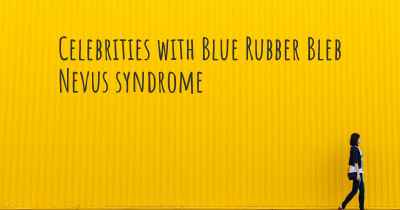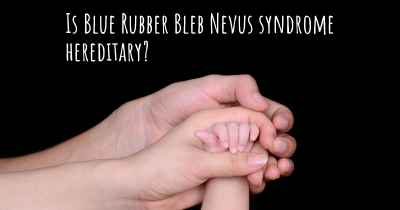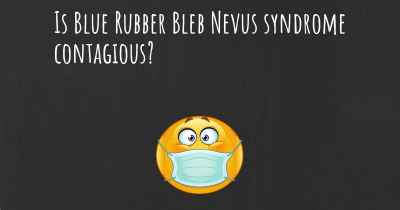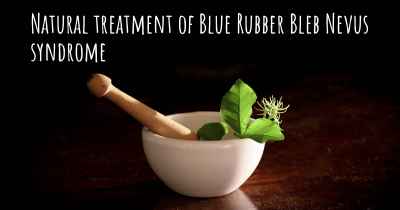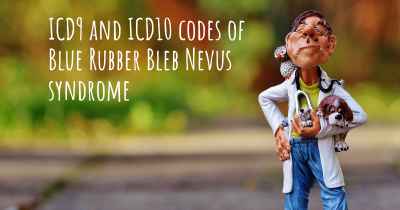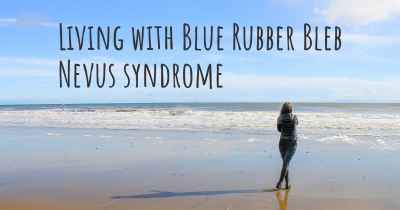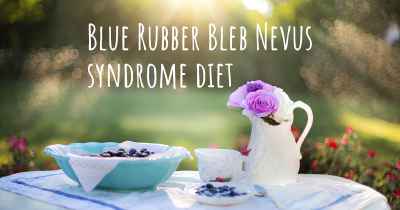What are the latest advances in Blue Rubber Bleb Nevus syndrome?
Here you can see the latest advances and discoveries made regarding Blue Rubber Bleb Nevus syndrome.
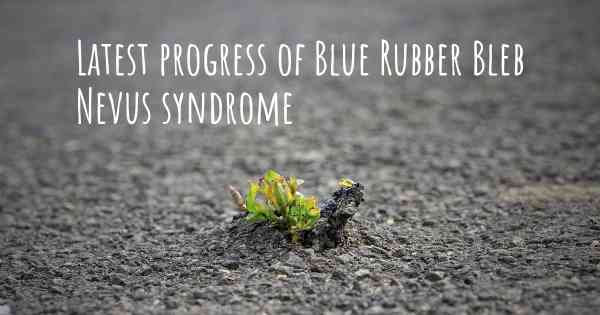
Blue Rubber Bleb Nevus syndrome (BRBNS) is a rare disorder characterized by the development of multiple vascular malformations, known as blebs, throughout the body. These blebs are typically found in the skin and gastrointestinal tract, leading to various symptoms and complications. While there is no cure for BRBNS, recent advances in research and treatment have provided hope for patients and improved their quality of life.
Genetic studies have played a crucial role in understanding the underlying causes of BRBNS. Researchers have identified mutations in the TIE2 gene as a major contributor to the development of this syndrome. The TIE2 gene provides instructions for making a protein that is involved in the formation and maintenance of blood vessels. By studying these genetic mutations, scientists have gained insights into the mechanisms that lead to the abnormal growth of blood vessels in BRBNS.
Diagnostic techniques have also advanced significantly in recent years, allowing for earlier and more accurate detection of BRBNS. Imaging modalities such as ultrasound, magnetic resonance imaging (MRI), and endoscopy have become invaluable tools in visualizing the extent and location of vascular malformations. These non-invasive techniques help clinicians assess the severity of the disease and plan appropriate treatment strategies.
Treatment options for BRBNS have expanded, offering patients a range of interventions to manage their symptoms and improve their quality of life. One of the most significant advances is the use of endoscopic therapy to treat gastrointestinal bleeding caused by blebs. Endoscopy allows for the identification and cauterization of bleeding vessels, reducing the need for invasive surgeries and minimizing complications.
Sclerotherapy, a technique commonly used to treat vascular malformations, has shown promise in managing cutaneous blebs in BRBNS. This procedure involves injecting a sclerosing agent into the affected blood vessels, causing them to shrink and eventually disappear. Sclerotherapy can help alleviate pain, reduce the risk of bleeding, and improve the cosmetic appearance of the skin.
Drug therapies targeting the abnormal blood vessels in BRBNS are also being explored. Medications such as sirolimus and bevacizumab have shown potential in reducing the size and number of blebs, as well as controlling bleeding episodes. These drugs work by inhibiting the growth of blood vessels or promoting their regression, providing a non-invasive treatment option for patients.
Supportive care plays a crucial role in managing BRBNS, and recent advances have improved the overall care and well-being of patients. Multidisciplinary teams consisting of dermatologists, gastroenterologists, geneticists, and other specialists collaborate to provide comprehensive care plans tailored to each patient's needs. This approach ensures that all aspects of the syndrome are addressed, from managing bleeding episodes to addressing psychological and social challenges.
Research efforts continue to expand our understanding of BRBNS and explore potential therapeutic targets. Scientists are investigating the role of various signaling pathways involved in blood vessel development and exploring novel treatment approaches. Additionally, advancements in genetic sequencing technologies have enabled researchers to identify additional genetic mutations associated with BRBNS, paving the way for personalized medicine and targeted therapies.
In conclusion, recent advances in research and treatment have significantly improved the management of Blue Rubber Bleb Nevus syndrome. Genetic studies have elucidated the underlying causes, diagnostic techniques have enhanced early detection, and a range of treatment options are now available. With ongoing research and multidisciplinary care, the outlook for individuals with BRBNS continues to improve.

